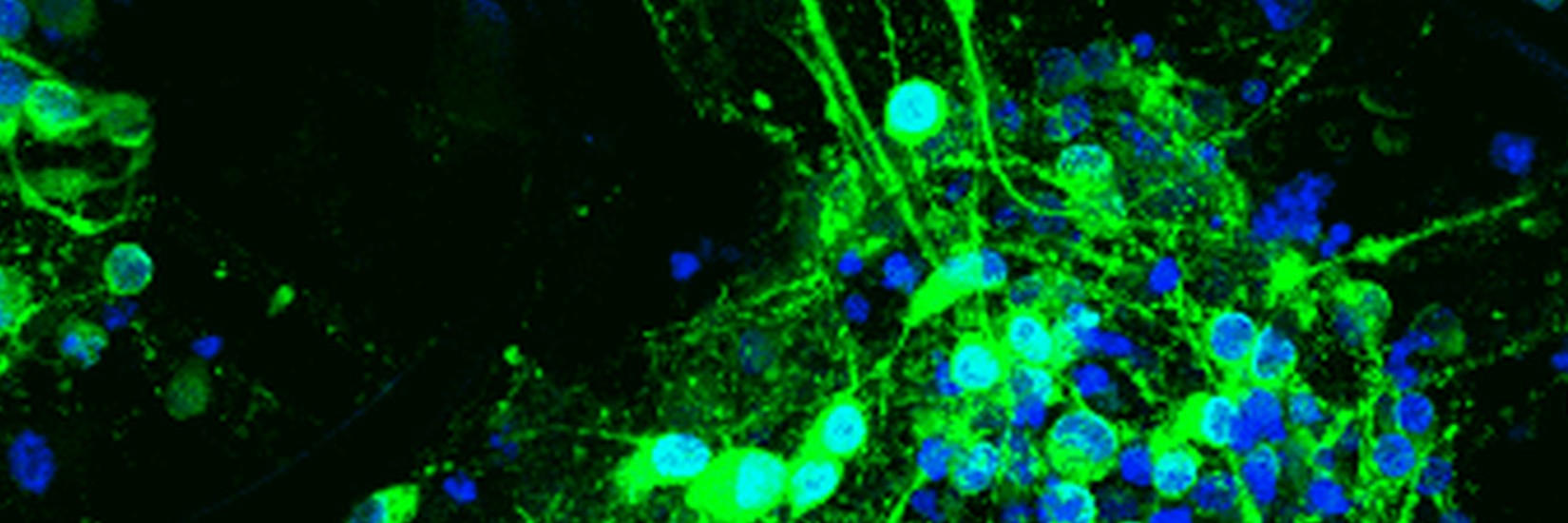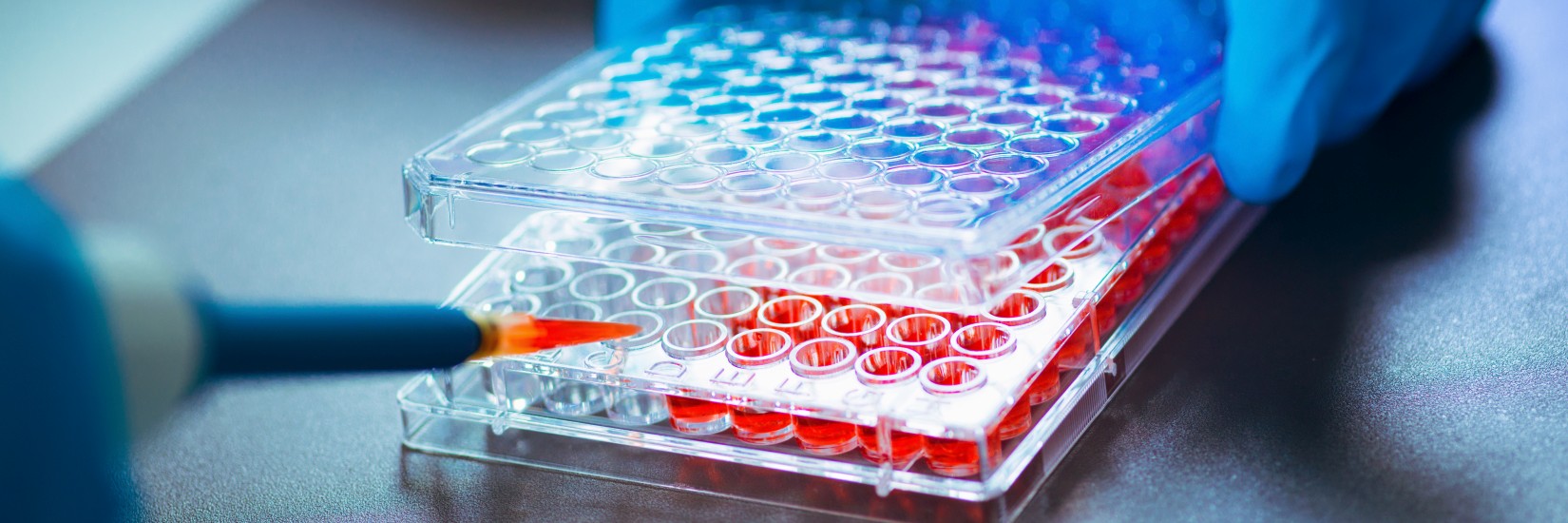News & Insights

Lab on a Chip Publication on Scaffolds
Hannover, DE / Brimingham, UK / April 2020 / News from Scaffold-Needs.
We are pleased to announce a recent publication on our work in Scaffold-Needs:
Development of two-photon polymerised scaffolds for optical interrogation and neurite guidance of human iPSC-derived cortical neuronal networks
Crowe, J. A. and El-Tamer, A. and Nagel, D. and Koroleva, A. V. and Madrid-Wolff, J. and Olarte, O. E. and Sokolovsky, S. and Estevez-Priego, E. and Ludl, A.-A. and Soriano, J. and Loza-Alvarez, P. and Chichkov, B. N. and Hill, E. J. and Parri, H. R. and Rafailov, E. U.
Lab Chip, 2020, Advance Article. Open access.
▶ https://doi.org/10.1039/C9LC01209E
Abstract
Recent progress in the field of human induced pluripotent stem cells (iPSCs) has led to the efficient production of human neuronal cell models for in vitro study. This has the potential to enable the understanding of live human cellular and network function which is otherwise not possible. However, a major challenge is the generation of reproducible neural networks together with the ability to interrogate and record at the single cell level. A promising aid is the use of biomaterial scaffolds that would enable the development and guidance of neuronal networks in physiologically relevant architectures and dimensionality. The optimal scaffold material would need to be precisely fabricated with submicron resolution, be optically transparent, and biocompatible. Two-photon polymerisation (2PP) enables precise microfabrication of three-dimensional structures. In this study, we report the identification of two biomaterials that support the growth and differentiation of human iPSC-derived neural progenitors into functional neuronal networks. Furthermore, these materials can be patterned to induce alignment of neuronal processes and enable the optical interrogation of individual cells. 2PP scaffolds with tailored topographies therefore provide an effective method of producing defined in vitro human neural networks for application in influencing neurite guidance and complex network activity.

Laser fabricated scaffolds
Hannover, DE / Brimingham, UK / February 2020 / New view on laser fabricated scaffolds.
Laser fabricated scaffolds represent an attractive 3D culture platform for the development of in vitro 3D modelling tools in neuroscience. The image on the right shows a 3D human iPSC-derived neuronal network developed in a laser fabricated scaffold. Green: neurons stained with MAP2 neuronal marker; Blue: DAPI nuclear staining. 70 days in culture.
See the animation here: https://scaffold-needs.eu

Scaffold-Needs Website launched
[Hannover, DE / Brimingham, UK / September 30th, 2019 / Laser nanoFab GmbH and Aston University launch Scaffold-Needs website.
After Laser nanoFab GmbH together with the University of Aston successfully started the European funded project Scaffold-Need in August 2019, the official website has now been presented. The website presents the goal of the project and the results. It is continuously updated with relevant information on the research and development project.
You can access the website here: https://www.scaffold-needs.eu

FET Launchpad Scaffold-Needs
Hannover, DE / Brimingham, UK / March 20th, 2019 / Laser nanoFab GmbH has had a new proposal selected for funding by the EU through the FET (Future Emerging Technologies) Launchpad scheme in cooperation with Aston University, a partner in EU-funded MESO-BRAIN project.
The FET Launchpad scheme is available only to existing or recently ended FET projects to encourage development of innovative ideas emerging from a project to be accelerated through separate and dedicated, Launchpad funding.